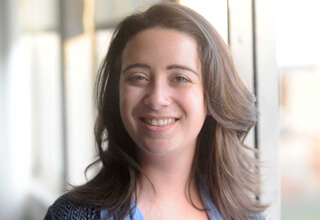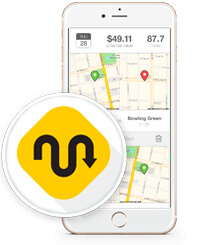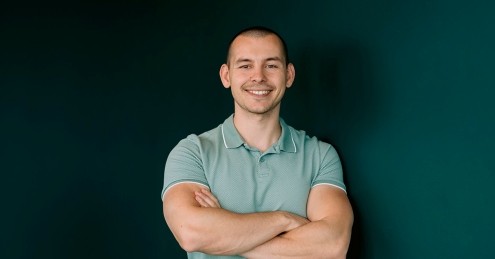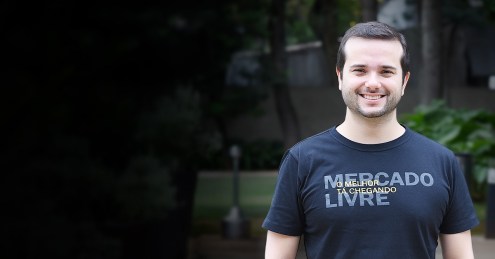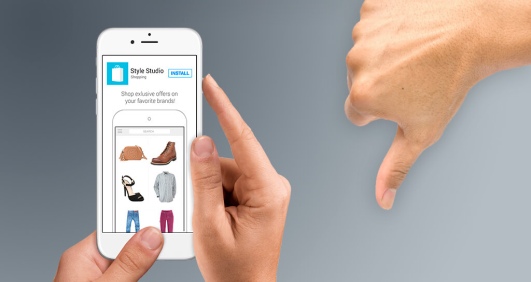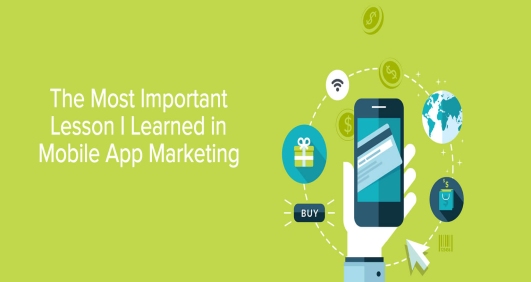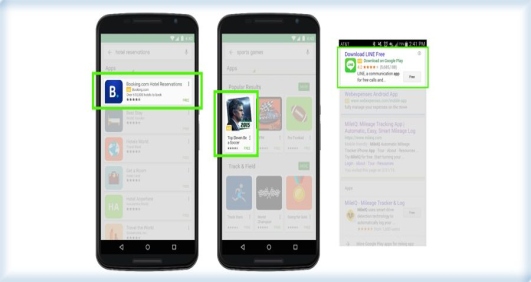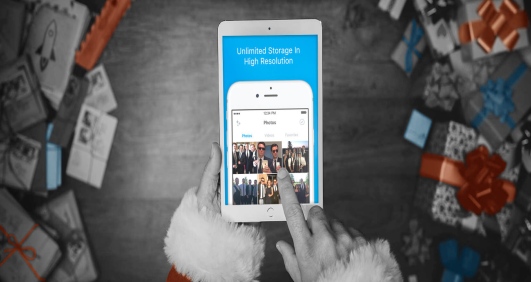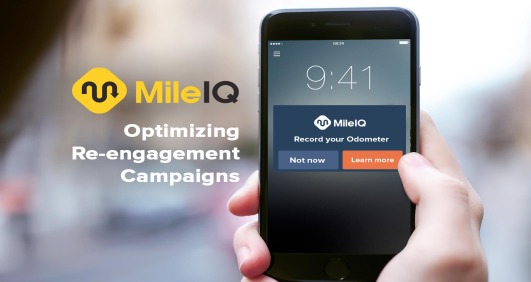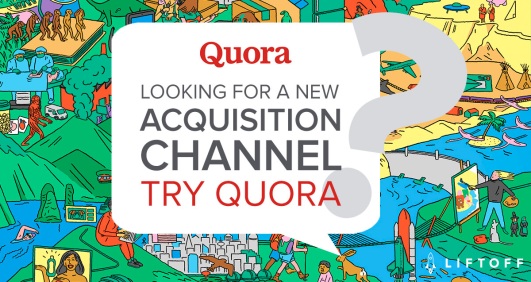Q&A with Colette
Colette Nataf is Head of Growth at MileIQ (acquired by Microsoft) in San Francisco. She attributes her success to her passion for measuring everything in the user funnel from install to subscription.
Read Colette's latest article: "Looking for a New User Acquisition Channel to Test? Try Quora."
How did you get into mobile marketing?
I used to work in search engine marketing, but I love being at the forefront of new technology. So when I spoke with Nat Robinson, fellow Mobile Hero and Head of Marketing at MileIQ, about moving into mobile user acquisition, it was easy to see that this is where the future of marketing was headed and knew I needed to be a part of it.
What do you like most about mobile marketing?
I love puzzles, so I love that everyday I can face new adventures and challenges in the world of mobile. Information is always in demand, but hard to find - we can't even create our own tracking links in Facebook campaigns! And these challenges inspire creativity. I wanted a job that would be intellectually enriching, and I have absolutely found that in mobile marketing.
What is the biggest mistake you made as a mobile marketer?
I would say that my mistakes were always in my assumptions. Everything from assuming conversion rates are the same on iOS and Android (head's up - they're not!) to estimates in volume based upon my own mobile usage, which was never game-based.
I'd say the biggest mistake I made was not insisting on having visibility into all conversion data immediately. When I first started, we worked towards a cost per install target goal. I was able to hit that goal by diversifying our user base and marketing channels, but ended up wasting money on users who never ended up paying the company back. But like all mistakes, I've learned from this. Now the entire MileIQ growth team operates on revenue and upgrade KPIs. It's been a big change, and a welcome one.
What does it take to succeed in mobile marketing?
Succeeding in this job takes dedication along with a willingness to learn. Mobile doesn't have the same tools as desktop yet, and sometimes that means you need to come up with your own process or build your own tool. I've had to learn advanced SQL, Python and how to work with APIs.
I've also had to learn to be at ease with a philosophy of constant iteration. The mobile landscape changes every day - sometimes every hour - as new competitors start and as new people use their mobile phones. Being adaptable is key. You need to be able to respond to your users - wherever they are - at any time.
What does a quality mobile user look like to you?
MileIQ has somewhat of a different user experience. The app actually runs in the background, so one of our goals is for users to be LESS engaged with the app. We don't care about daily or monthly active users.
Instead, we want to find users who are getting true value in the app. This means people who are logging drives, classifying them and ultimately reporting them to their employer for a reimbursement or to the IRS for a tax deduction. I love users who never open the app, but get deductions at the end of the year for more than $10,000. We're providing an amazing service, and I want all of our users to take advantage of it.
What strategies work best to convert installs into engaged users?
Re-engagement and re-targeting are both key. Our goal is not to bring users back into the app for continued usage like a game, but instead just to remind users that they have MileIQ. We want to remind them that we're catching all of their drives and that those drives are worth money.
We've found that the best methods to increase conversions are those that only remind users that we have drives. We've tried promotions, driving to upgrade and many others, but at the end of the day users just want to know that we're catching drives and doing our job.
That being said, we have advanced user segmentation for re-engagement. This means we're grouping users by every single number of drives caught and every single dollar classified. We can show extremely customized creative based upon these audience segments, and this is what creates success for us.
What is your biggest challenge marketing MileIQ?
Our biggest challenge at MileIQ is honestly just explaining to users how to download an app. We frequently receive support messages asking how to install MileIQ and if they can install it on their computers! These are users who have only used email, text messaging and calling on their cell phones. And we're finding them and engaging them with an amazing service. People love the idea and the execution of our product - we just need to give them a little more direction.
In our latest video advertisement, we literally have a shot of a person sitting on the couch, going to the app store, pressing Install and opening the app.
How do you stay ahead of changes in technology?
We're not just staying ahead of the changes - we're creating them. I personally build internal tools every single day to help with marketing automation and management. Our engineering team develops strategies to easily A/B test screens within our app. Together as a group, we find solutions to every problem. This ambitious creativity and enthusiasm for the work we do is contagious here. You won't find anyone at MileIQ who isn't at the front of his or her field.
How important is diversifying user acquisition outside of Facebook?
My very first task at MileIQ was to diversify acquisition spend away from Facebook. We were spending more than 90% of our marketing budget on Facebook, and it was a huge risk to the business. If anything happened to Facebook and the users, we would lose our entire marketing strategy.
Since then, we have managed to diversify across a number of channels. We now have a healthy and well-balanced portfolio.
How important are the holidays to your business and what season is the biggest time for you?
Our "holiday season" is tax time. MileIQ users typically think about mileage tracking and deductions for their taxes (and generally when their accountants ask to see their mileage logs!).
We see a lot of search volume during this time and increased conversion rates. But diversification in revenue is just as important as diversification in costs. We are always challenging ourselves to think about how we can engage users outside of this "holiday season" and rely less heavily on the first four months of the year.


